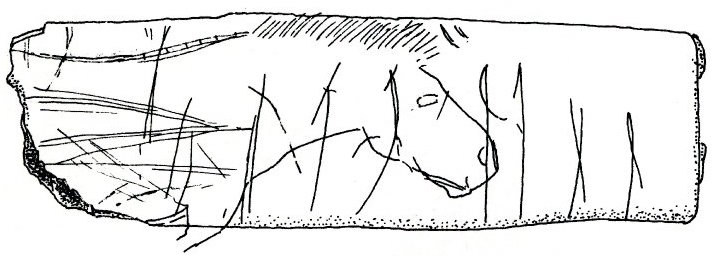
Happy Losar & Tsagaan Sar!
The zodiac animal for the Tibetan & Mongolian New Year 2024 is the wood dragon.
Wood is a symbol of vitality, growth and creation, while a dragon represents courage, strength and energy.

Be silent in that solitude,
Which is not loneliness—for then
The spirits of the dead, who stood
In life before thee, are again
In death around thee, and their will
Shall overshadow thee; be still.
— excerpt from “Spirits of the Dead”
by Edgar Allan Poe, 1827
The above illustration is a working version of my 2018 Halloween card.

Spirits of Samhain (illustration by Squeaking Cat)
‘Twas the dusky Hallowe’en —
Hour of fairy and of wraith,
When in many a dim-lit green,
‘Neath the stars’ prophetic sheen,
As the olden legend saith,
All the future may be seen,
And when — an older story hath —
Whate’er in life hath ever been
Loveful, hopeful, or of wrath,
Cometh back upon our path.
Extract from Song of the Deathless Voice
by Abram Joseph Ryan, 1880

Happy Winter Solistice!
My painting is a reconstruction of what a horse looked like during the time of the Ice Age based on cave paintings. Representations of horses and other animals were carved, painted and drawn by Upper Palaeolithic artists and grace the walls of several European caves. The most famous examples are found in Lascaux and Chauvet in France and Altimera in Spain.

Cave painting of a horse from Lascaux
This equine image from Lascaux (dating approximately 17,000 years ago) reveals features similar to the Jungarian horse or Przewalski’s horse, which is known as the takhi in Mongolia. It is dun coloured with a big white belly and has a dark brown mane. Other cave paintings also feature horses in their winter coats with long hair around the jaw and hoofs. The frozen body of a Pleistocene stallion known as the Selerikan horse was found in Siberian permafrost in 1968 and its preserved hide confirms the accuracy of the Upper Palaeolithic paintings.

The ‘Ochre Horse’ (source: British Museum)
Horse bones have been found in Britain at sites such as the Pin Hole Cave, Creswell Crags, Derbyshire (dating around 50,000 to 45,000 BCE) and Kent’s Cavern, Devon. So far there is not much evidence with regards to art from the Upper Palaeolithic in the UK, let alone equine depictions. A bone with an engraving of a horse’s head, however, was found in Robin Hood Cave in the Creswell Crags. It was originally known as the ‘Ochre Horse’ (dating approx. 13,000 to 11,000 years old) and now resides in the British Museum collections. At the moment, the Ochre Horse is the only piece of Upper Palaeolithic portable art with an animal depiction found in Britain.
Welcome to my new blog about my art, design and illustrations that I have created.
Ken